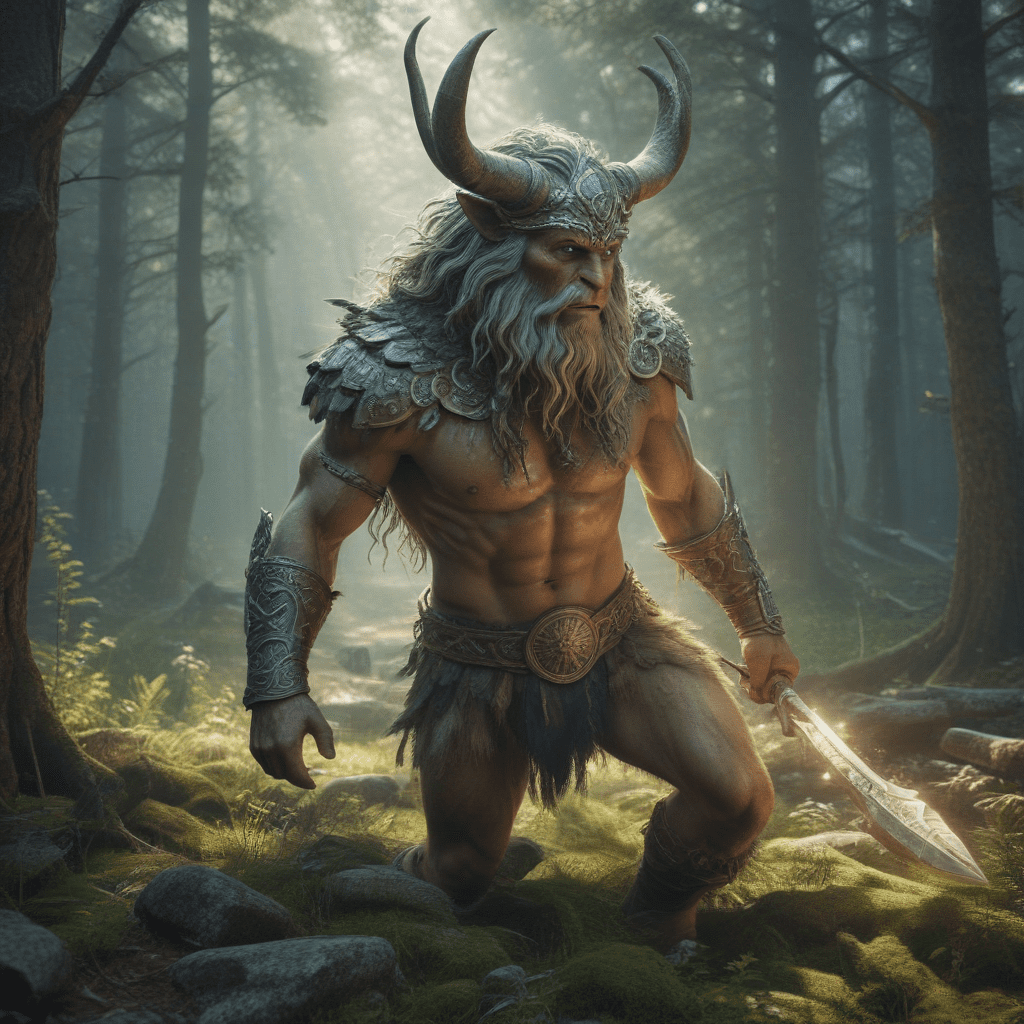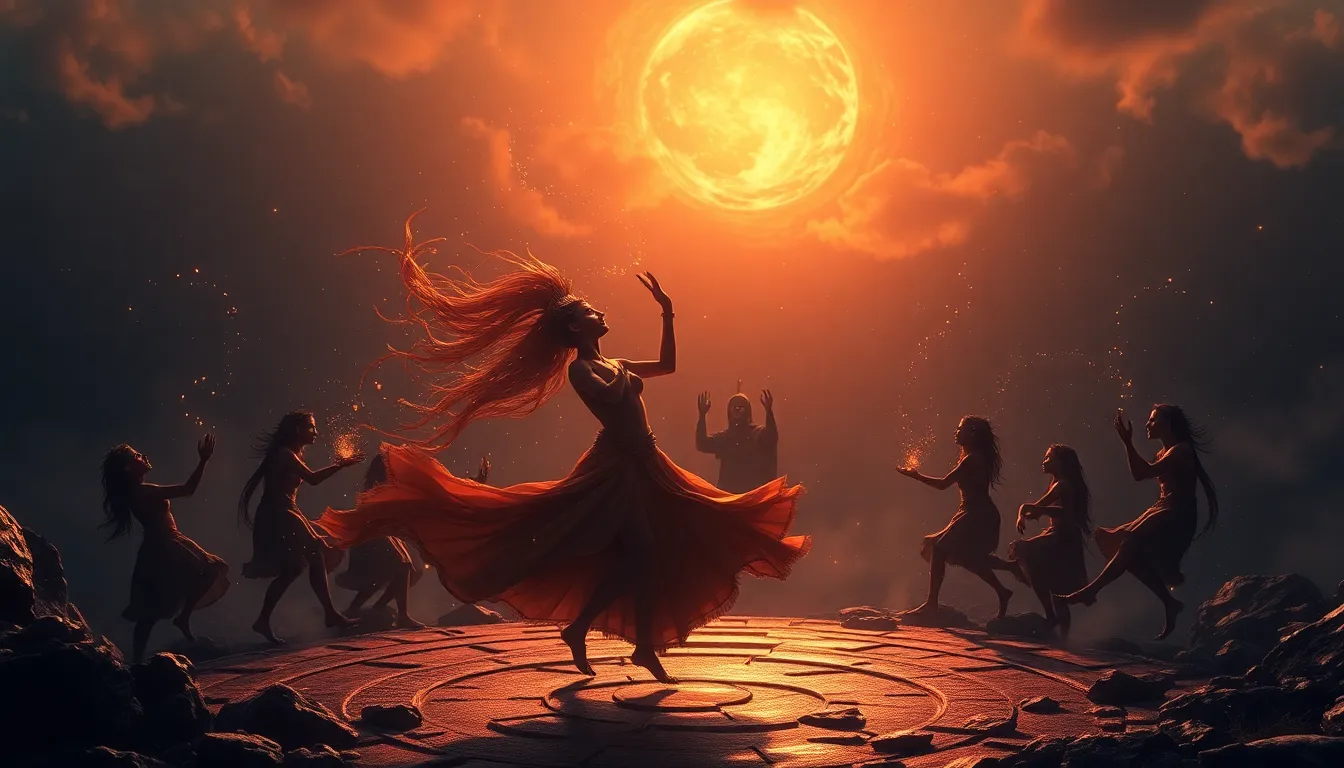1. Introduction
Nestled in the heart of Northern Europe, Finland is a land of captivating natural beauty and profound cultural heritage. Its rich mythology has deeply influenced the nation's traditional literature, shaping stories, characters, and themes that continue to resonate with readers worldwide.
2. The Kalevala and Finnish Mythology
At the core of Finnish mythology lies the Kalevala, an epic poem compiled in the 19th century by Elias Lönnrot. This monumental work weaves together a tapestry of ancient myths, legends, and incantations, providing a glimpse into the beliefs and traditions of the Finnish people. The Kalevala features a pantheon of captivating deities, heroes, and monsters that have become synonymous with Finnish folklore.
3. The Influence of the Kalevala on Traditional Literature
The Kalevala's profound impact on Finnish traditional literature cannot be overstated. Its characters and stories have inspired countless works of poetry, prose, and drama. Writers have drawn upon its rich imagery, symbolism, and themes to explore universal human experiences and express unique Finnish perspectives. The Kalevala's influence extends beyond Finland, captivating readers worldwide with its timeless tales of adventure, love, and loss.
4. Väinämöinen: The God of Poetry and Song
Among the most iconic figures in Finnish mythology is Väinämöinen, the god of poetry and song. Väinämöinen is depicted as a wise and enigmatic sage, revered for his magical powers and eloquence. In the Kalevala, he is the central protagonist, guiding heroes through perilous quests and enchanting audiences with his mesmerizing songs. Väinämöinen's embodiment of creativity and wisdom has influenced countless works of literature, inspiring authors to explore the transformative power of words.
5. Ilmarinen: The Forger and Builder
Another prominent deity in Finnish mythology is Ilmarinen, the forger and builder. Ilmarinen is known for his exceptional craftsmanship and is often depicted as a benevolent figure who uses his skills to aid humanity. In the Kalevala, Ilmarinen forges the Sampo, a magical artifact that brings prosperity and happiness. Ilmarinen's character has inspired stories of ingenuity, perseverance, and the enduring human spirit.
6. Joukahainen: The Trickster
Joukahainen is a cunning and mischievous trickster figure in Finnish mythology. He is known for his quick wit and ability to outsmart his opponents. In the Kalevala, Joukahainen challenges Väinämöinen to a singing contest, hoping to trick him into revealing his true name. However, Väinämöinen's wisdom prevails, and Joukahainen is forced to concede defeat. Joukahainen's character adds an element of humor and intrigue to Finnish mythology, reminding readers of the importance of cleverness and resourcefulness.
7. Louhiatar: The Queen of Pohjola
Louhiatar is a powerful and enigmatic figure in Finnish mythology. She is the queen of Pohjola, a mythical land of darkness and cold. Louhiatar is known for her magical abilities and her determination to protect her kingdom. In the Kalevala, she kidnaps Väinämöinen's sister, Ilmatar, and demands a ransom in exchange for her release. Louhiatar's character represents the forces of nature and the challenges that humans must overcome to survive in a harsh environment.
8. Other Mythological Influences on Traditional Literature
Beyond the Kalevala, Finnish mythology has influenced traditional literature in various ways. The epic poem "The Kanteletar" is a collection of folk songs and poems that draw upon mythological themes and characters. The "Kalevala Meter," a traditional Finnish poetic form, has been used by writers to create works that evoke the spirit of the ancient myths. Additionally, Finnish mythology has inspired numerous short stories, plays, and novels, enriching the nation's literary landscape.
9. The Influence of Finnish Mythology on Modern Literature
Contemporary Finnish literature continues to draw upon the rich legacy of Finnish mythology. Authors such as Väinö Linna, Eeva-Liisa Manner, and Paavo Haavikko have woven mythological elements into their works, exploring themes of identity, history, and the human condition. Finnish mythology has also influenced international literature, inspiring works by authors such as J.R.R. Tolkien and Ursula K. Le Guin. Its enduring appeal lies in its timeless themes and captivating characters, which continue to resonate with readers across cultures.
10. Conclusion
Finnish mythology has profoundly shaped the nation's traditional literature, providing a wealth of inspiration and imagery. Through iconic figures such as Väinämöinen, Ilmarinen, and Louhiatar, Finnish mythology has explored universal human experiences and celebrated the enduring power of creativity, resourcefulness, and perseverance. Its influence extends beyond Finland, inspiring literary works worldwide and contributing to the rich tapestry of global mythology.
FAQ
Q: What are some of the key themes found in Finnish mythology?
A: Finnish mythology often explores themes of nature, magic, and the human condition. It celebrates the power of creativity, resilience, and the importance of ingenuity in overcoming challenges.
Q: How has Finnish mythology influenced contemporary literature?
A: Contemporary Finnish literature continues to draw upon Finnish mythology for inspiration, exploring themes of identity, history, and the human condition. Authors have woven mythological elements into their works, giving rise to a rich and diverse literary landscape.
Q: What is the significance of the Kalevala in Finnish mythology?
A: The Kalevala is a seminal work in Finnish mythology, compiling ancient myths and legends into an epic poem. It serves as a cornerstone of Finnish cultural identity and has had a profound influence on the nation's traditional and modern literature.



